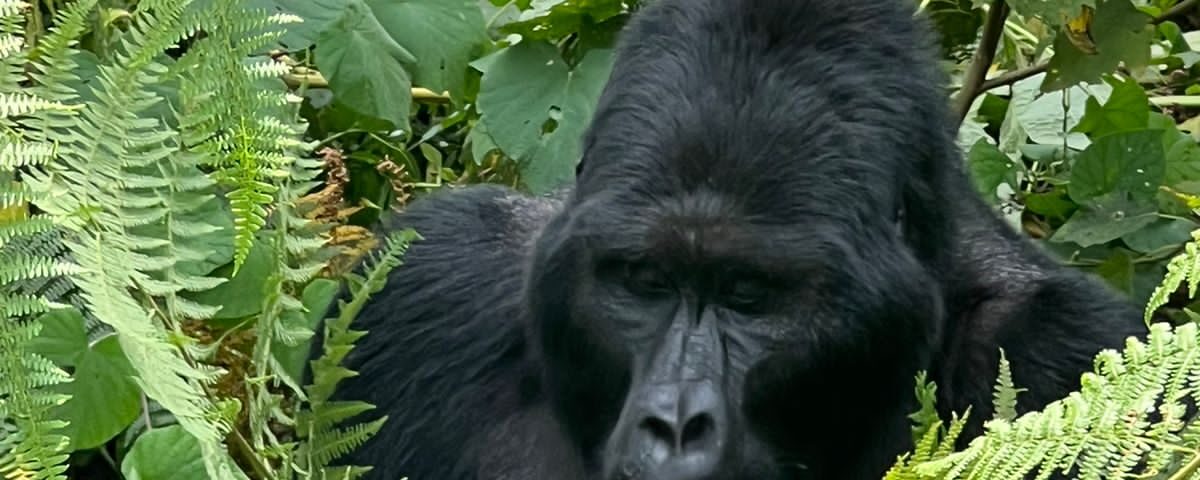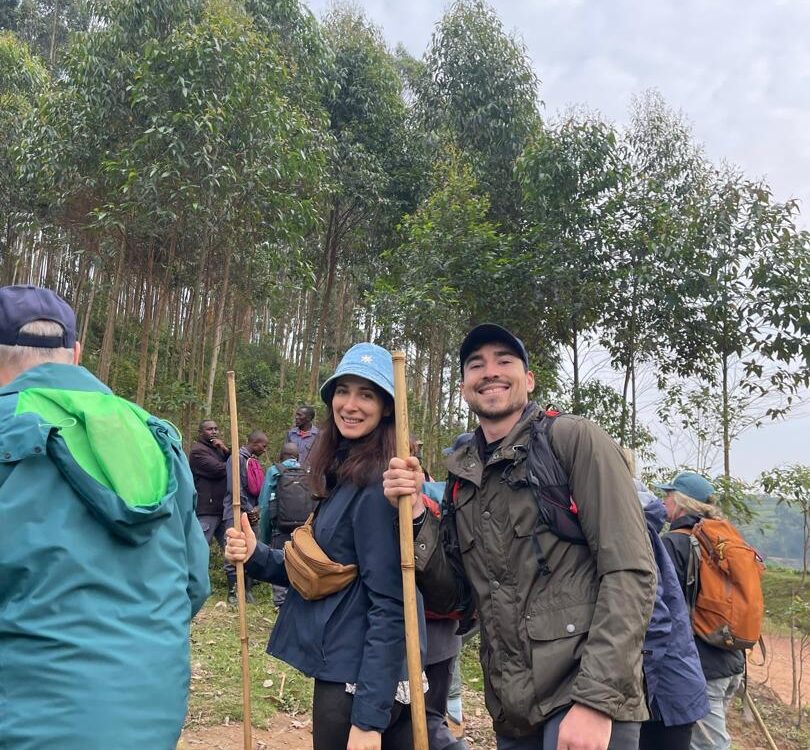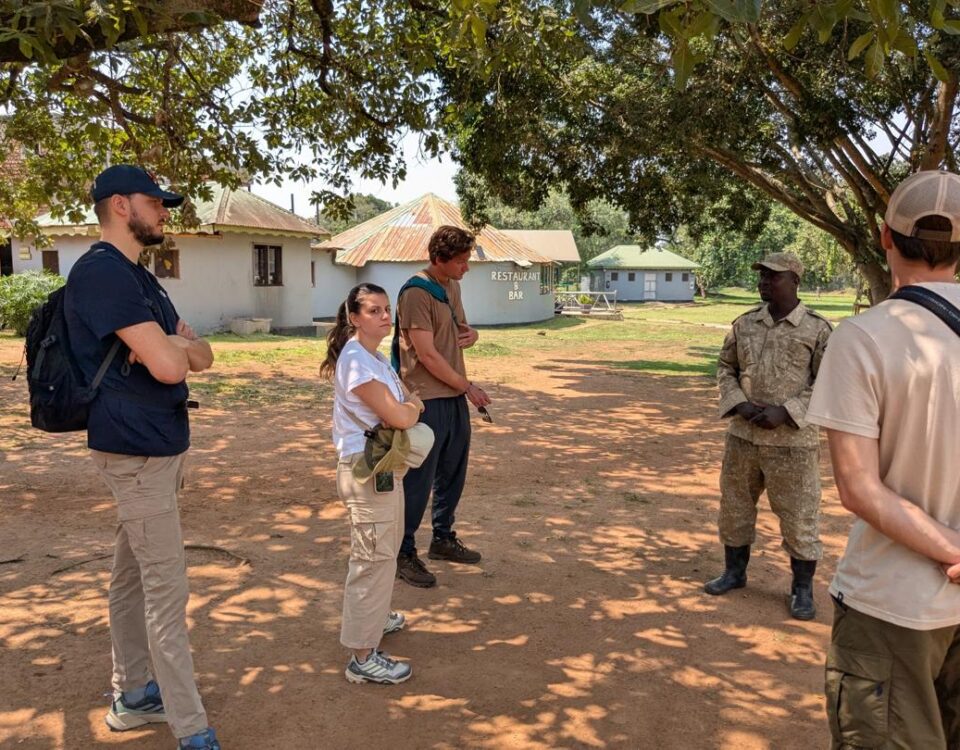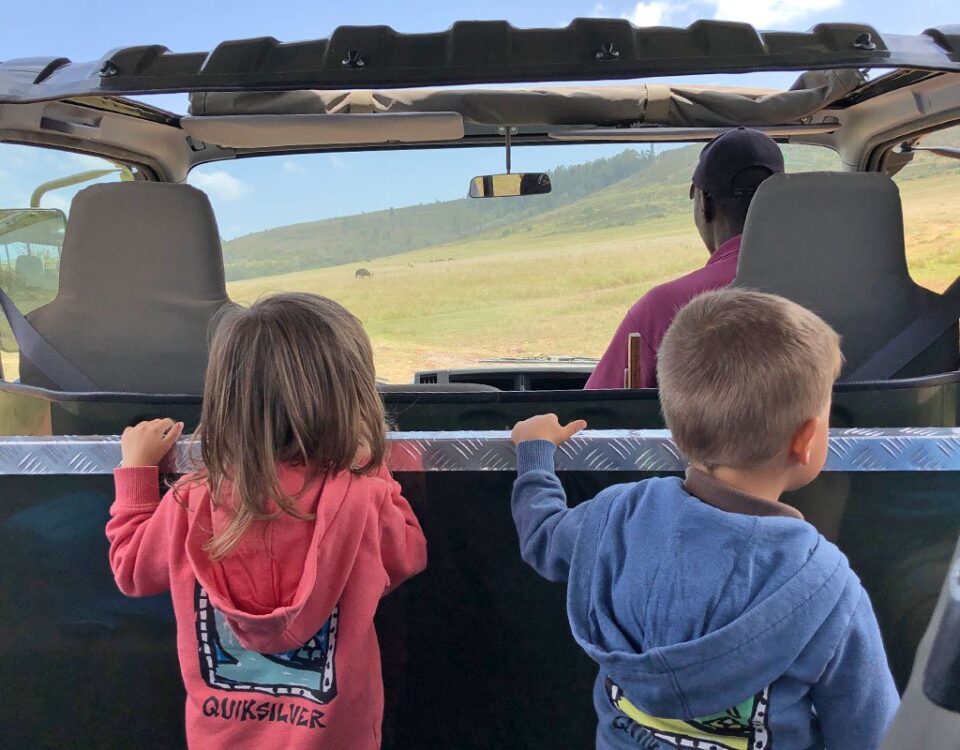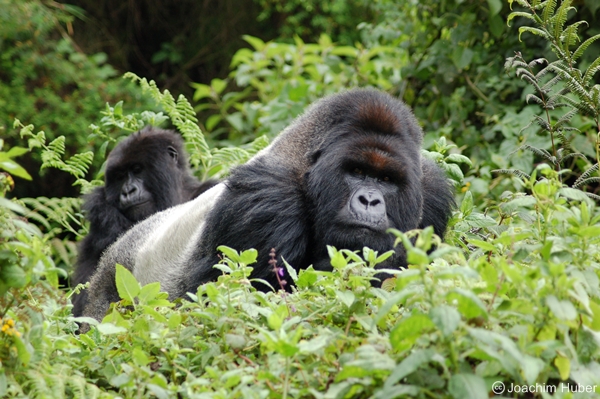
Should I Carry My Own Water and Snacks for Uganda Gorilla Trekking?
April 22, 2025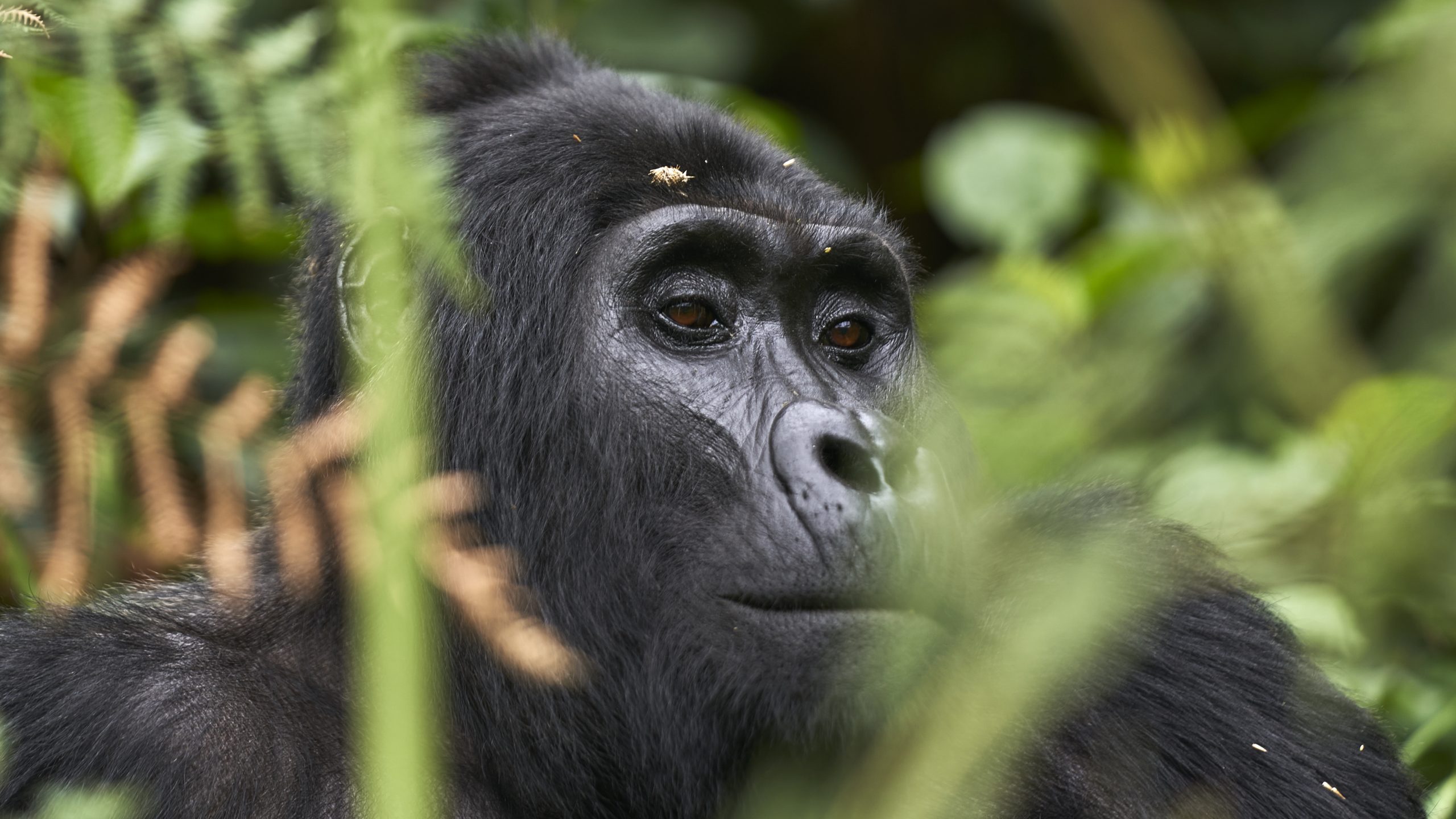
What If I Get Injured During the Uganda Gorilla Trek?
April 23, 2025Is Insect Repellent Recommended for Uganda Gorilla Trekking?
When planning for an unforgettable journey into Uganda’s lush rainforests, many travelers ask: Is insect repellent recommended for Uganda gorilla trekking? The answer is a resounding yes. Whether you’re booked for the standard gorilla trekking permit at USD $800 or the gorilla habituation experience at USD $1,500, insect repellent is one of the most essential items you should pack. Uganda’s tropical forests, including Bwindi Impenetrable National Park and Mgahinga Gorilla National Park, are teeming with biodiversity—including insects like mosquitoes, tsetse flies, and safari ants. In this article, Tubale Safaris Ltd, a reputable and registered Uganda tour operator, explains why insect repellent is crucial, what kind to bring, and how to use it properly for a safe and comfortable gorilla trekking experience.
Uganda Gorilla Trekking Safari Packages and Tours
- 3 Days Gorilla Habituation Safari
- 3 Days Gorilla Trekking Tour
- 3 Days Uganda Fly to Bwindi
- 5 Days Wildlife & Gorilla Safari
- 7 Days Uganda Gorilla Safari
- 8-Day Gorilla & Wildlife Tour
- 9 Days Best of Uganda Safari
- 5 Days Gorilla & Rafting Safari Uganda
- 6 Days Primates Safari Tour
- 10 Days Birding Tour Uganda
- 10 Days Uganda Wildlife Tour
- 12 Days Uganda Wildlife Tour
- 13 Days Pearl of Africa Tour
- 15 Days Uganda Safari
- 18 Days Uganda Safari
- 21 Days Birding Uganda Safari
- 24 Days Best of Uganda Tour
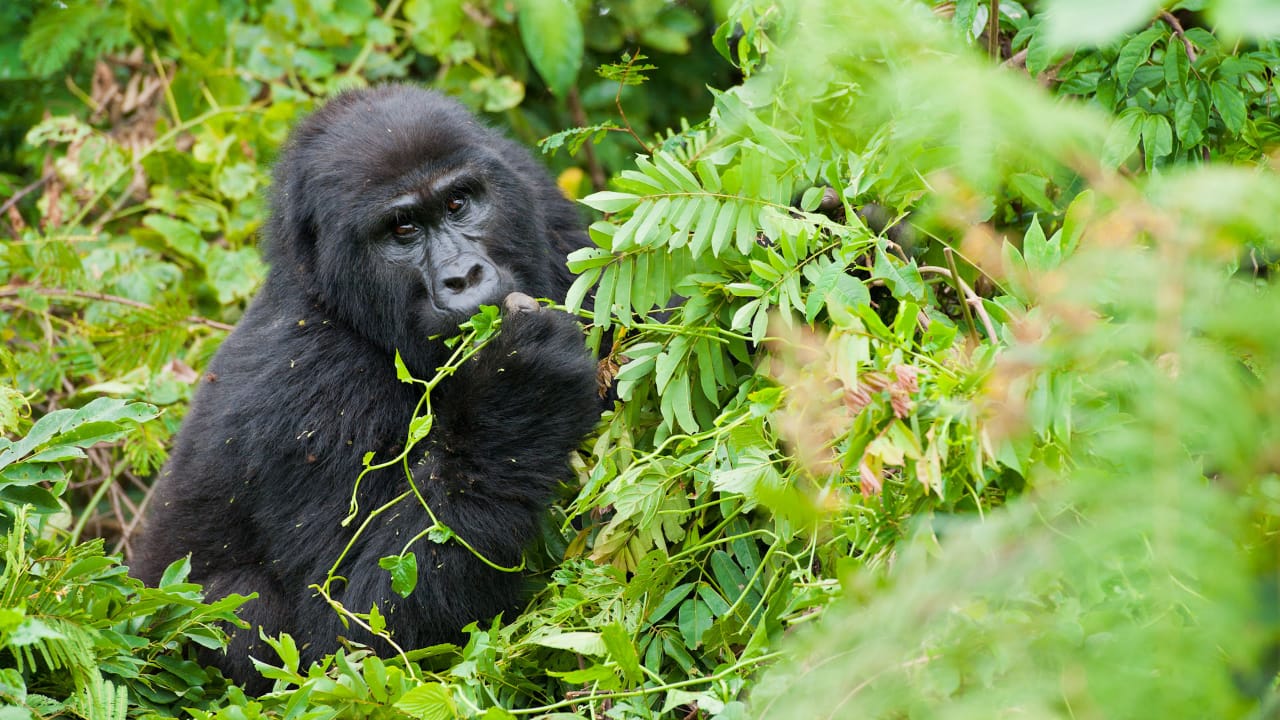
Gorilla Trekking Safari in Uganda
Why Insect Repellent Is Essential in Gorilla Trekking Regions
High Insect Activity in Tropical Forests
Uganda’s gorilla trekking destinations are located in dense, tropical rainforests. These regions have high humidity, abundant vegetation, and water sources—all of which create perfect breeding grounds for insects. During your gorilla trekking adventure, you’ll spend several hours in these environments, and the last thing you want is to be swatting mosquitoes or suffering itchy bites as you search for the elusive mountain gorillas.
Protection Against Mosquitoes and Insect-Borne Diseases
One of the main concerns when trekking in Uganda is exposure to mosquitoes that may carry malaria. While many visitors take anti-malarial medication, combining it with a high-quality insect repellent adds an extra layer of protection. In addition to mosquitoes, you may encounter other biting insects like tsetse flies, which are known to cause irritation and, in rare cases, disease. Using insect repellent significantly reduces your risk of insect-borne illnesses and ensures a more enjoyable trekking experience.
What Type of Insect Repellent Should You Bring for Gorilla Trekking?
DEET-Based Repellents Are Highly Effective
When considering the question, Is insect repellent recommended for Uganda gorilla trekking?, it’s not only a yes—but choosing the right repellent is also critical. Repellents containing DEET (N,N-Diethyl-meta-toluamide) in concentrations between 30–50% are widely recommended for East Africa. DEET is proven to protect against mosquitoes, ticks, and other biting insects for several hours. It’s long-lasting, effective, and ideal for the kind of extended outdoor activity involved in gorilla trekking.
Natural and Sensitive-Skin Alternatives
If you have sensitive skin or prefer natural options, there are also effective insect repellents made with picaridin, IR3535, or oil of lemon eucalyptus (OLE). These alternatives are generally less irritating and can still offer reliable protection. Be sure to test any repellent on your skin before travel to ensure you don’t react negatively during your trek.
Application Tips for Maximum Protection
Apply insect repellent to all exposed skin, especially arms, ankles, neck, and hands. You may also spray a light layer over your clothes, particularly around cuffs and hems, where mosquitoes and safari ants may try to bite through. For facial protection, spray the repellent on your hands first and gently rub it onto your face, avoiding your eyes and mouth.
Best Practices for Wearing Insect Repellent During the Trek
Layering Clothing and Repellent
The recommended gorilla trekking attire includes long-sleeved shirts and long trousers tucked into long socks. This physical barrier greatly reduces exposure to insects. Applying repellent to any exposed skin complements your outfit and boosts protection. Don’t forget to reapply insect repellent every 4–6 hours, especially if you’re sweating or exposed to rain.
Avoid Strong Scents and Perfumes
Many insects are attracted to strong fragrances, so it’s best to avoid scented lotions, shampoos, and perfumes during your trek. Stick to unscented personal care products and allow your insect repellent to do its job without interference. Tubale Safaris Ltd also recommends packing unscented sunscreen, as both sun protection and insect repellent can be worn together, with sunscreen going on first and repellent on top.
Check for Safari Ants and Reapply if Needed
During the trek, you may encounter safari ants, which can crawl up your legs and bite. Spraying insect repellent around your ankles and socks can deter these aggressive insects. If you take breaks or sit on the ground, it’s good practice to recheck your clothing and reapply repellent if necessary. Guides from Tubale Safaris Ltd are always available to offer on-ground advice and help spot any insect-related issues.
Final Word: Why Insect Repellent Is a Must-Have for Gorilla Trekking in Uganda
So, to answer the key question—is insect repellent recommended for Uganda gorilla trekking?—the answer is a definite yes. Uganda’s forests are stunning, wild, and full of life, but that includes insects that can ruin an otherwise magical adventure. Insect repellent is your frontline defense against mosquito bites, malaria, safari ants, and other discomforts that come with tropical environments. Packing and properly using a reliable repellent ensures your attention remains on the breathtaking experience of observing the endangered mountain gorillas in their natural habitat.
Whether you’ve chosen the $800 trekking permit for a standard one-hour encounter or the $1,500 gorilla habituation permit that allows up to four hours with a gorilla family, you’ll spend a good amount of time in the forest. Having insect repellent protects your health, improves comfort, and allows you to fully immerse yourself in the moment without distractions.
At Tubale Safaris Ltd, we go beyond guiding treks—we prepare our clients with detailed packing lists, practical safety tips, and local expertise to ensure every step in the forest is safe and rewarding. From providing information on travel insurance and permits to offering boots and repellent advice, we ensure your gorilla trekking experience is smooth and unforgettable. So don’t leave insect repellent off your packing list—it’s one of the simplest yet most important tools you’ll carry into Uganda’s wild heart.

